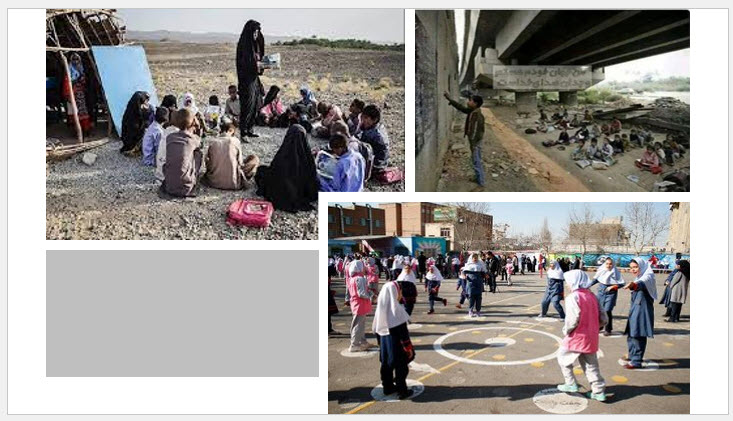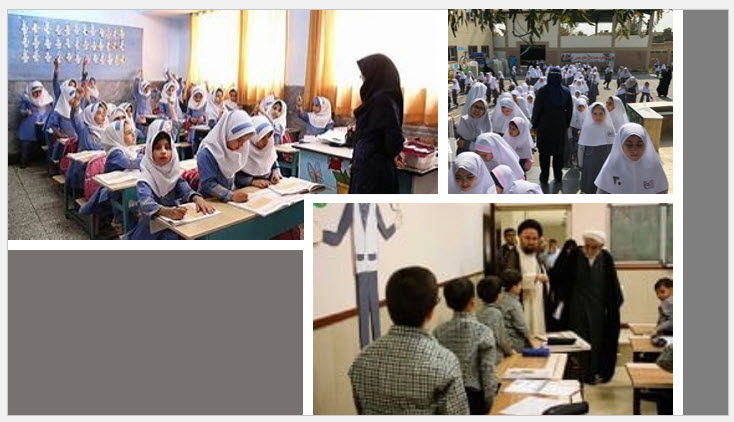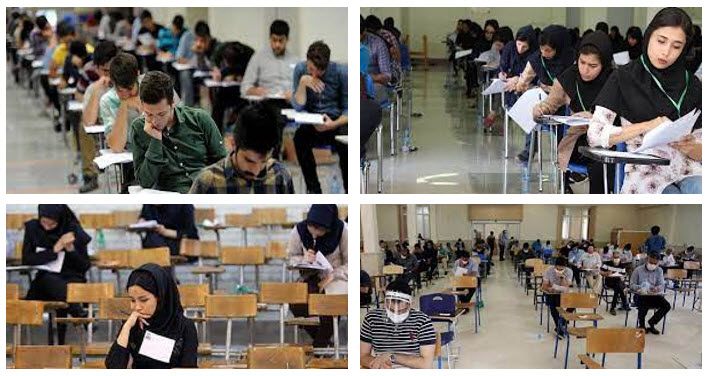
Today, hundreds of thousands of Iranian children are deprived of the opportunity to study between science and wealth and are instead required to accept the most demanding, taxing, and dishonest jobs in order to survive.
One of the most impoverished regions of the nation is Zahedan. In contrast to the girls, who typically work at tailor shops or provide water from pits for a minimum wage because most settlements lack piped water, the boys are required to work as porters at the Pakistani border after school.
“Most of the children from poor families go to the border and do whatever things they can do or work as porters,” wrote Mohammad Riggi, a school director, in an article published on January 23. “Female students who have completed sixth grade are unable to continue their education because there is no secondary education offered in this area.”
Even the officials of the regime are compelled to express regret for what they have done to the future of the nation in light of the dire situation that has resulted from this choice.
“The deputy of elementary education of the Ministry of Education says, I wish we never started the path towards non-governmental education, but now by separating students in different schools, we have implemented the “Sassanian class system” in a different way,” the state-run news agency Tasnim reported on December 10, 2019.

Education is no longer free, in violation of the constitution of the regime. Since non-governmental schools of all kinds have been established, the wealthy, who are mainly the officials and supporters of the regime, have access to extraordinary facilities while public schools struggle with poverty and deprivation.
The children now face severe discrimination as a result of this. “In feudalism systems, we witnessed class divisions,” Tasnim continued, “But when children went to school, the style of education had a clear message, that they are all equal.”
Separation based on intelligence poses a greater threat to society than class division. Although children can understand that they were born into low-income families, their self-confidence is destroyed when they are divided in terms of intelligence.
“It is unfortunate that we have done this with 85% of the country’s student population attending public schools, and we only pay attention to 15% of the population with intelligence and family financial capabilities,” the state-run daily ICNA quoted an educational expert as saying on August 23, 2021.

There are 100,000 non-government schools and more than 55,000 government primary schools throughout the country of Iran. Students are divided not only according to social class but also by intelligence.
Statistics from the 2022 university entrance exam show this catastrophe. Below is a breakdown of the top 40 ranked schools’ percentages:

-Schools of brilliant talents: 72.5 percent.-Special non-profit schools: 22.5 percent.-State talent schools: 2.5 percent.-Public schools: 2.5 percent.
The so-called “Sampad” schools account for 72.5 percent of the top rankings, while Sistan and Baluchistan schools make up 0.16 percent of the top spots. The fact that Iran’s human development index is declining yearly is not without cause. This index fell for the fourth year in a row in 2021 and got close to where it was in 2014.

